M66 mini Development Board
- Extremely compact quad-band GSM/GPRS module
- Easier soldering process with LCC package
- Power consumption as low as 1.3mA
- Support Voice, Bluetooth, QuecFOTATM and Quectel OpenCPU functions
- Embedded powerful Internet service protocols, multiple Sockets & IP addresse
$ 10.4
CompareDescription
The M66 Mini DB is a compact and portable board designed specifically for breadboard. The main equipped modules are the M66 Mini DB series wireless communication modules. M66 Mini Development Board (MiniDB) can greatly assist you in experimenting, testing, designing, and generally speeding up the learning and product design processes, freeing your mind from getting bogged down with peripheral technical issues. This development board is designed for the M66 module from Quectel, allowing you to quickly set up the module and familiarize yourself with its capabilities. M66 is an ultra-small quad-band GSM/GPRS module using LCC castellation packaging. Based on the latest 2G chipset, it delivers optimal performance in SMS and data transmission and audio services even in harsh environments. Its ultra-compact profile (15.8 mm × 17.7 mm × 2.3 mm) makes it a perfect platform for size-sensitive applications.
Features
- Ultra-compact size: 15.8 mm × 17.7 mm × 2.3 mm
- Quad-band GSM/GPRS: Reliable global 2G connectivity
- Optimized SMS & data transmission: Robust performance in challenging conditions
- Audio service support: Clear audio performance in harsh environments
- Surface-mount technology: Suitable for durable, rugged designs
- LCC castellation package: Easy embedding into constrained spaces and suited for high-volume manufacturing
Specifications
- Package: LCC castellation (surface mount)
- Dimensions: 15.8 mm × 17.7 mm × 2.3 mm
- Chipset: Latest 2G chipset (quad-band GSM/GPRS)
- Power consumption: Low (optimized for M2M)
- Operating temperature: Extended (suitable for industrial environments)
Applications
- Wearable devices
- Automotive systems
- Industrial PDAs
- Personal tracking
- Wireless POS terminals
- Smart metering
- Telematics and other M2M/IoT applications
Components
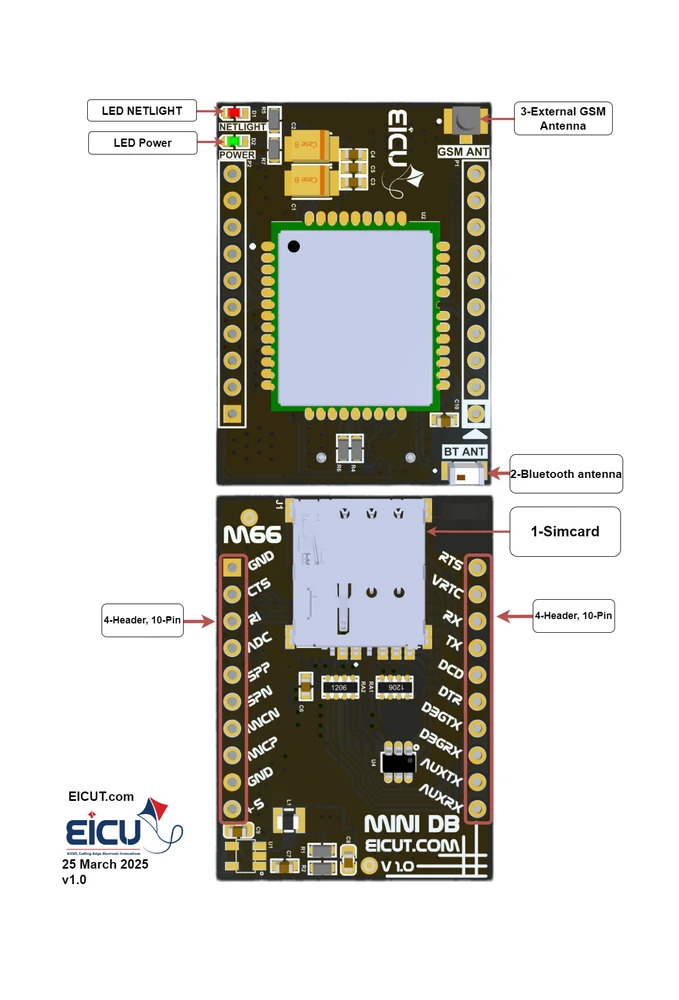
PinOut
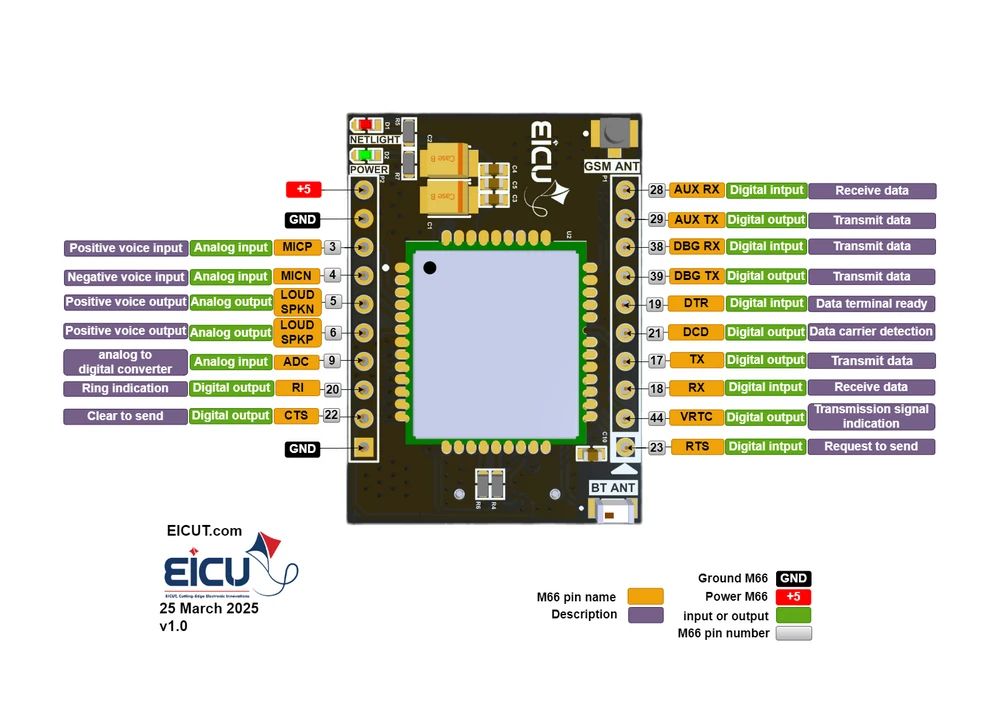
Pin Describtion
M66 Mini DB P1-P2
| NO. | Name | Silkscreen | Comment |
| P1-1 | Request to send | RTS | You can use it as an output and input. |
| P1-2 | VRTC | VRTC | Power supply for RTC when VBAT is not supplied for the system. Charging for backup battery or golden capacitor when the VBAT is applied.) For the allowed voltage and current values for this pin, see the bottom of the table.) |
| P1-3 | RXD | RX | Receive data |
| P1-4 | TXD | TX | Transmit data |
| P1-5 | DCD | DCD | Digital output |
| P1-6 | DTR | DTR | Digital input |
| P1-7 | DBG-TXD | DBGTX | Transmit data |
| P1-8 | DBG-RXD | DBGRX | Receive data |
| P1-9 | TXD-AUX | AUXTX | Transmit data |
| P1-10 | RXD-AUX | AUXRX | Receive data |
| P2-1 | Ground | GND | |
| P2-2 | CTS | CTS | Clear to send |
| P2-3 | RI | RI | Ring indication |
| P2-4 | ADC0 | ADC | General purpose analog to digital converter. Vmax=2.8V, Vmin=0V |
| P2-5 | SPK1P | SPP | Channel 1 positive voice output |
| P2-6 | SPK1N | SPN | Channel 1 negative voice output |
| P2-7 | MICN | MICN | negative voice input |
| P2-8 | MICP | MICP | Positive voice input |
| P2-9 | Ground | GND | |
| P2-10 | Power | +5 | Main power supply of module
Make sure that supply sufficient current in a transmitting burst typically rises to 1.6A. Vmax=4.8V, Vmin=5.5V |
VRTC pin voltage: VImax=3.3V, VImin=1.5V, VInorm=2.8V
VOmax=3V, VOmin=2V, VOnorm=2.8V IOmax=2mA Iin≈10uA
Dimentions
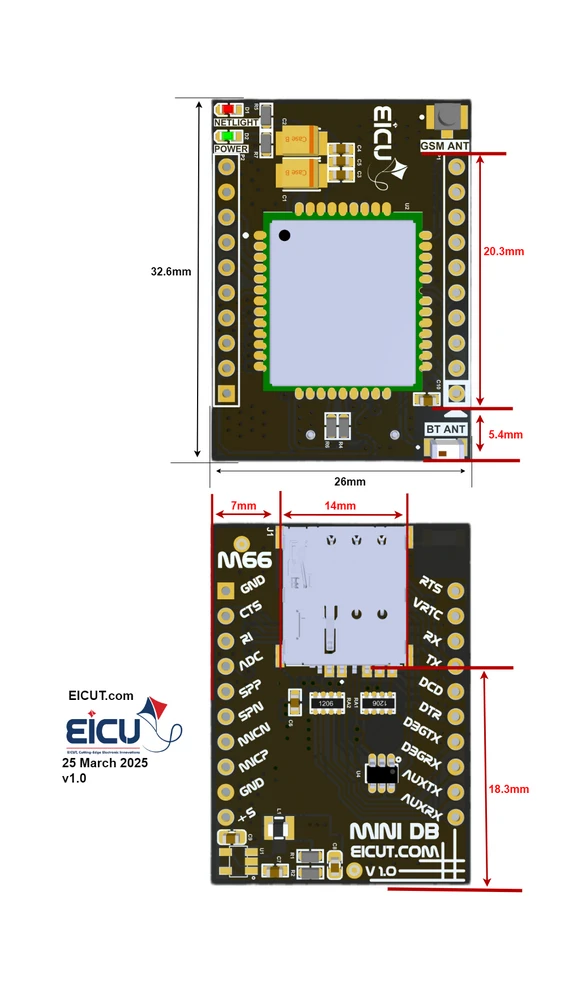
Development Board Configuration
The detailed assignment of the peripheral interfaces on the Development board is as follows:
| NO. | Name | Silkscreen | Comment |
| 1 | Sim card case | J1 | 4FF SIM Card 12.3* 8mm |
| 2 | External Bluetooth Antenna | BT ANT | Johanson Bluetooth Antenna |
| 3 | External GSM Antenna | GSM ANT | UFL ANTENNA |
| 4 | 10pin | P1-P2 | header 2.54mm |
The Development board has 2 functional indication LEDs, as follows:
- D1: NETLIGHT
- D2: Power indication LED.
Getting Started Preparation
- Step 1: Install Qnavigator software from https://www.quectel.com/download/qnavigator_v1-5/
- Step 2: After installation Act like a software wizard.
- Step 3: Connect the Development Board by USB to UART converter to the computer.(pin p1-3, p1-4)
- Download your driver type according to the USB-to-serial IC model
- Step 4: select your board in the port section, set the baudrate to 115200, and click Connect.
- Step 5: Click on the gear and see if the module is connected.
- Step 6: By entering AT Command, you can use different parts of the module.
Hint: make sure the power supply voltage is stable. The board to power up and turn on automatically without the need for a turn-off function.

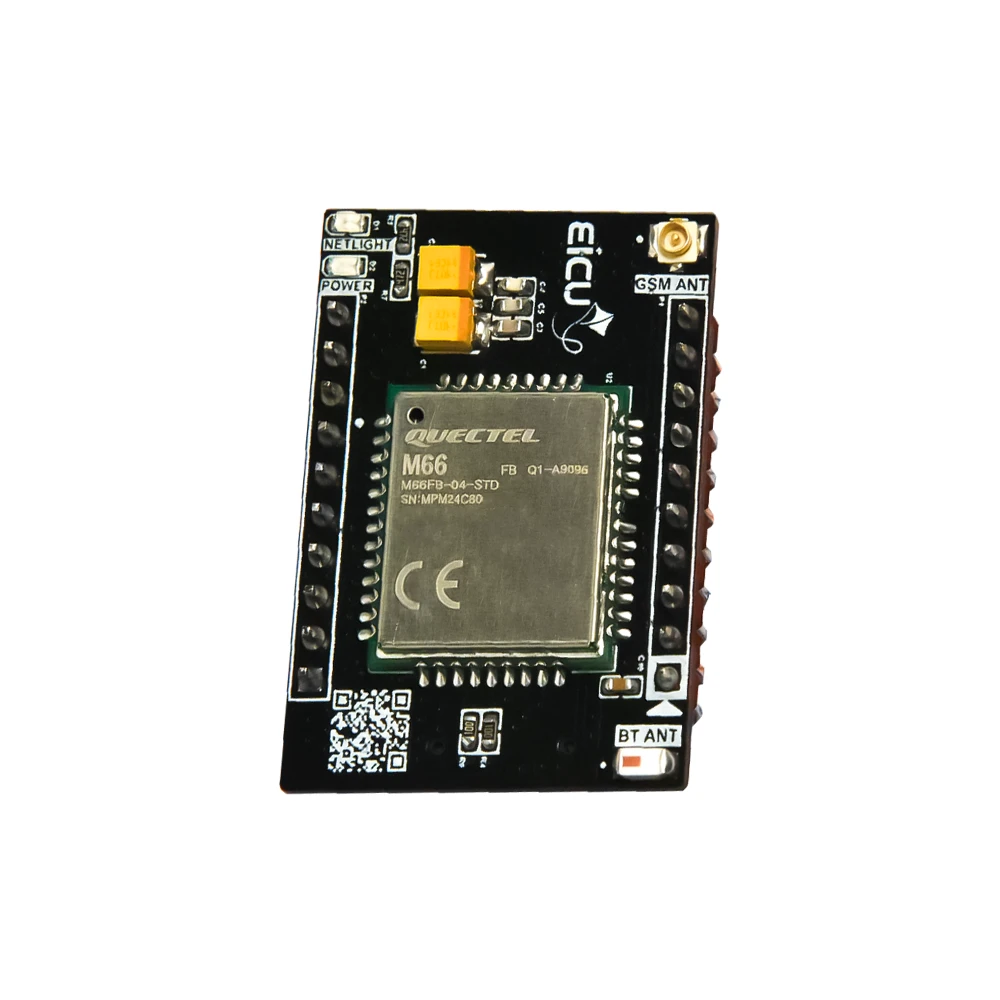
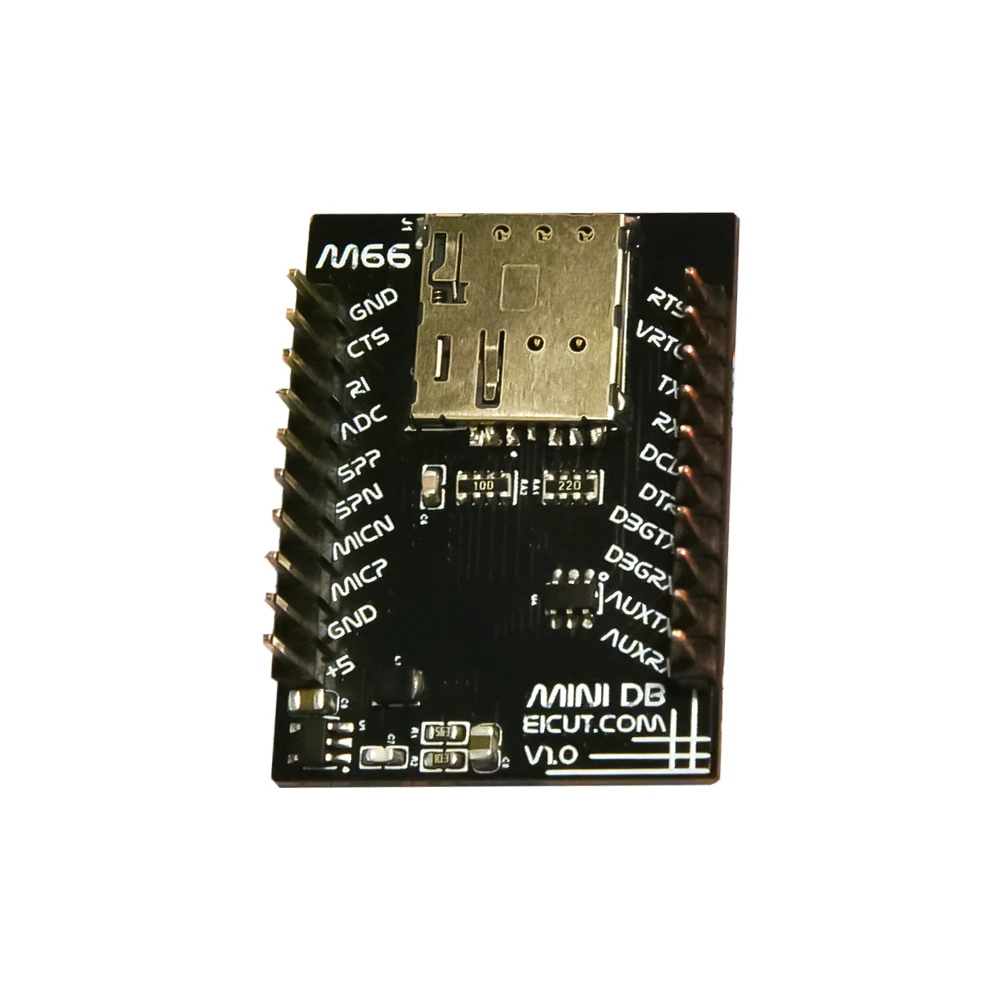
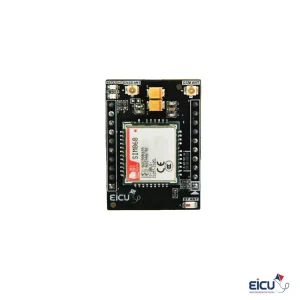
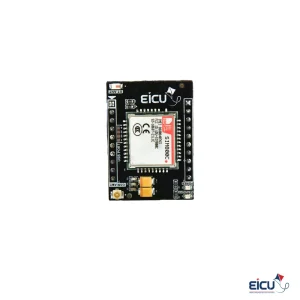
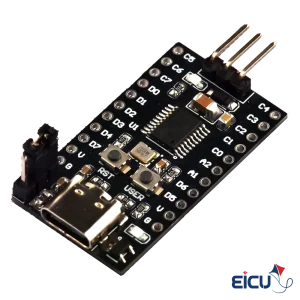
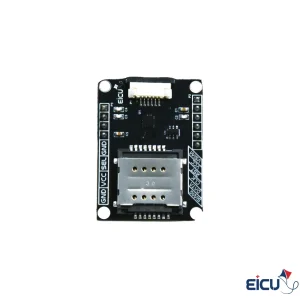
There are no reviews yet.